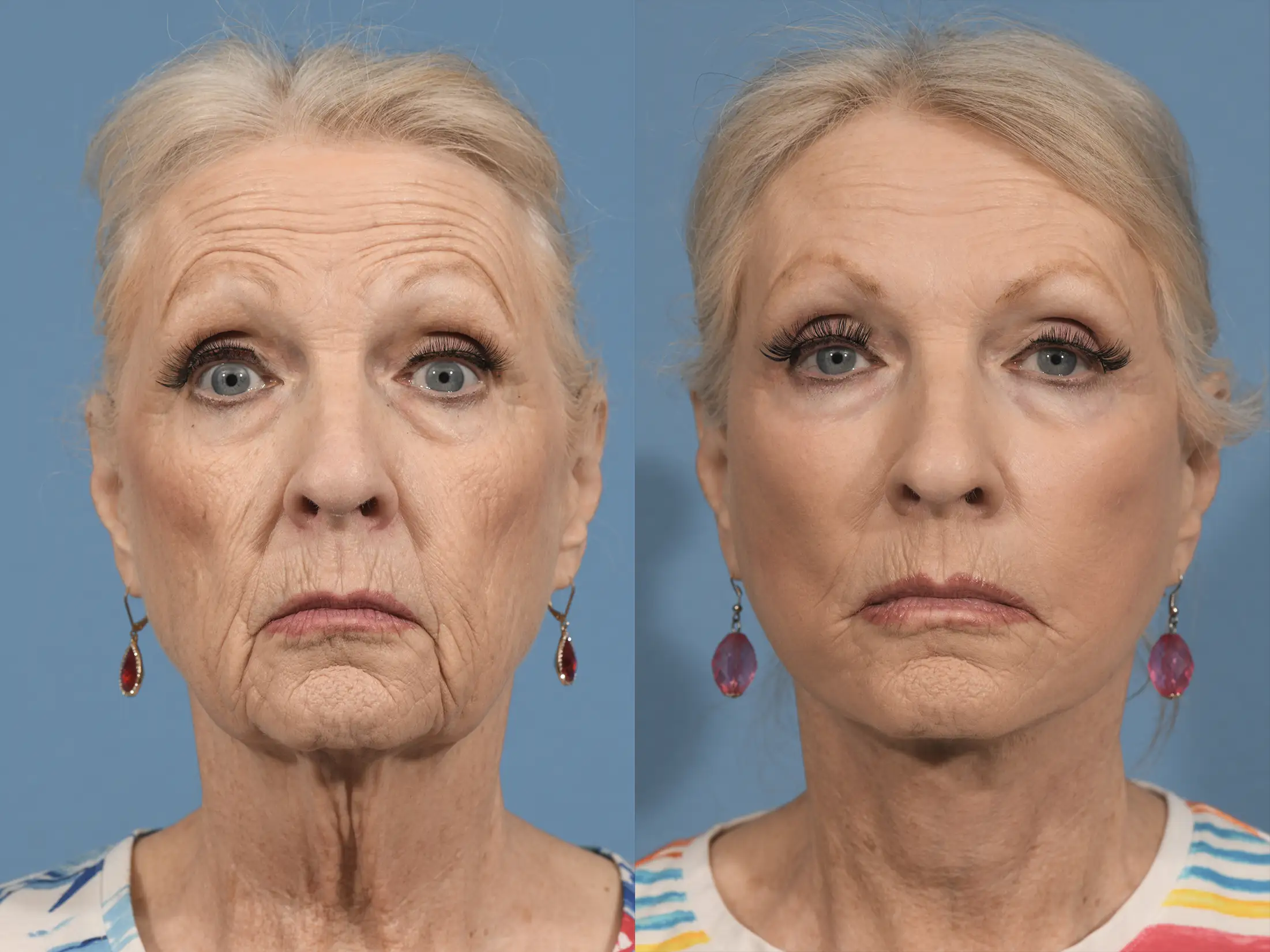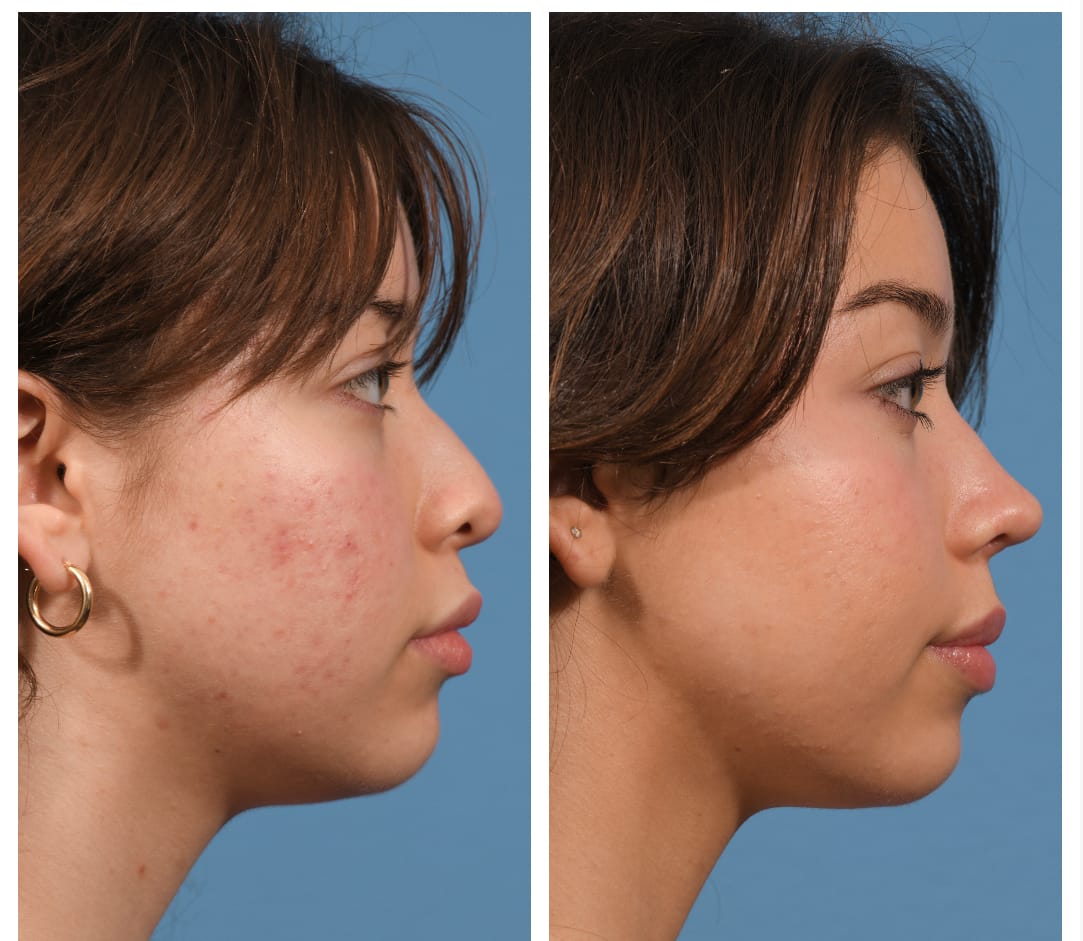Ultimate Guide to Facelift Surgery: Pt. 1 – Introduction to Facelifts
09
Feb By Dr. Jesse E. Smith, MD, FACS
By Dr. Jesse E. Smith, MD, FACS
Facial Plastic SurgeonWhat is a Facelift?
A facelift, medically known as a rhytidectomy, is a cosmetic surgical procedure designed to rejuvenate the appearance of the face. By removing excess skin, tightening underlying tissues, and redraping the skin on the face and neck, the procedure can significantly reduce the visible signs of aging. The goal of a facelift is not just to pull the skin tighter – removing wrinkles – but to restore it to a more youthful and natural-looking position.
Historical Perspective on Facelifts
The history of facelifts dates back to the early 1900s. The first recorded facelift surgeries were simple skin tightening procedures. Over the decades, the techniques have evolved significantly:
- 1920s-1930s: The initial procedures only involved pulling and removing excess skin.
- 1940s-1960s: Surgeons began to address the deeper structures of the face, realizing the importance of repositioning both skin and underlying tissues for a more natural result.
- 1970s-1990s: With advancements in anesthesia and surgical techniques, procedures became safer and provided more lasting results. The understanding of facial anatomy during this period grew exponentially.
- 2000s-Present: The modern facelift is far more advanced. It involves a combination of skin tightening, repositioning of the facial muscles, and sometimes even fat grafting or filler injections to restore volume. Minimally invasive techniques and non-surgical alternatives have also emerged, offering patients a broader range of options.
What are the benefits of getting a facelift?
“Facelifts are one of our favorite procedures! This procedure gives natural, yet dramatic, results and, we love seeing how happy our patients are with their results after recovery!”
 –Ashley Gregory
–Ashley Gregory
Patient Care CoordinatorFacelift surgery offers a range of benefits for individuals seeking to rejuvenate their appearance. This surgical procedure primarily targets signs of aging in the face and neck area. Here are some key benefits of getting a facelift:
 Reduces visible signs of aging: A facelift can effectively minimize the appearance of wrinkles, creases, and sagging skin, which naturally occur due to the aging process. By tightening the underlying facial muscles and removing excess skin, a facelift can provide a smoother and more youthful appearance.
Reduces visible signs of aging: A facelift can effectively minimize the appearance of wrinkles, creases, and sagging skin, which naturally occur due to the aging process. By tightening the underlying facial muscles and removing excess skin, a facelift can provide a smoother and more youthful appearance.- Restores facial contours: Over time, the loss of facial fat and collagen can lead to a hollow or sunken look. A facelift can restore volume and contour to areas that have lost firmness, such as the cheeks and jawline. This helps to create a more defined and sculpted facial appearance.
 Improves self-confidence: The physical changes achieved through a facelift often lead to a boost in self-esteem and improved confidence. With a more youthful and revitalized appearance, individuals may feel more comfortable and positive about their overall image.
Improves self-confidence: The physical changes achieved through a facelift often lead to a boost in self-esteem and improved confidence. With a more youthful and revitalized appearance, individuals may feel more comfortable and positive about their overall image.- Long-lasting results: While a facelift cannot stop the natural aging process, the effects of the procedure are long-lasting. The improvements achieved with a facelift can typically last for several years, allowing individuals to enjoy a more youthful appearance for an extended period.
 Enhances facial harmony: A facelift can improve the overall balance and harmony of the face by addressing multiple signs of aging simultaneously. By restoring a more youthful appearance, the procedure can help individuals achieve facial symmetry and an improved aesthetic balance.
Enhances facial harmony: A facelift can improve the overall balance and harmony of the face by addressing multiple signs of aging simultaneously. By restoring a more youthful appearance, the procedure can help individuals achieve facial symmetry and an improved aesthetic balance.- Complementary treatments: In many cases, individuals may choose to combine a facelift with other cosmetic procedures or treatments to achieve more comprehensive results. These may include brow lifts, eyelid surgery, or non-invasive treatments such as Botox or dermal fillers.
It is important to note that considering a facelift should involve consultation with an experienced surgeon, like a facial plastic surgeon, who can assess individual goals and recommend the most appropriate treatment plan. With a personalized approach, facelift surgery can provide patients with remarkable benefits, helping to restore a more youthful and refreshed appearance.
—
In the next installment of our guide, we will delve into the intricacies of facial anatomy and the aging process. Understanding these fundamental aspects is essential for anyone considering facelift surgery, as it provides a foundation for understanding the surgical techniques and their potential outcomes.
 By
By  –
– Reduces visible signs of aging: A facelift can effectively minimize the appearance of wrinkles, creases, and sagging skin, which naturally occur due to the aging process. By tightening the underlying facial muscles and removing excess skin, a facelift can provide a smoother and more youthful appearance.
Reduces visible signs of aging: A facelift can effectively minimize the appearance of wrinkles, creases, and sagging skin, which naturally occur due to the aging process. By tightening the underlying facial muscles and removing excess skin, a facelift can provide a smoother and more youthful appearance. Improves self-confidence: The physical changes achieved through a facelift often lead to a boost in self-esteem and improved confidence. With a more youthful and revitalized appearance, individuals may feel more comfortable and positive about their overall image.
Improves self-confidence: The physical changes achieved through a facelift often lead to a boost in self-esteem and improved confidence. With a more youthful and revitalized appearance, individuals may feel more comfortable and positive about their overall image. Enhances facial harmony: A facelift can improve the overall balance and harmony of the face by addressing multiple signs of aging simultaneously. By restoring a more youthful appearance, the procedure can help individuals achieve facial symmetry and an improved aesthetic balance.
Enhances facial harmony: A facelift can improve the overall balance and harmony of the face by addressing multiple signs of aging simultaneously. By restoring a more youthful appearance, the procedure can help individuals achieve facial symmetry and an improved aesthetic balance.

